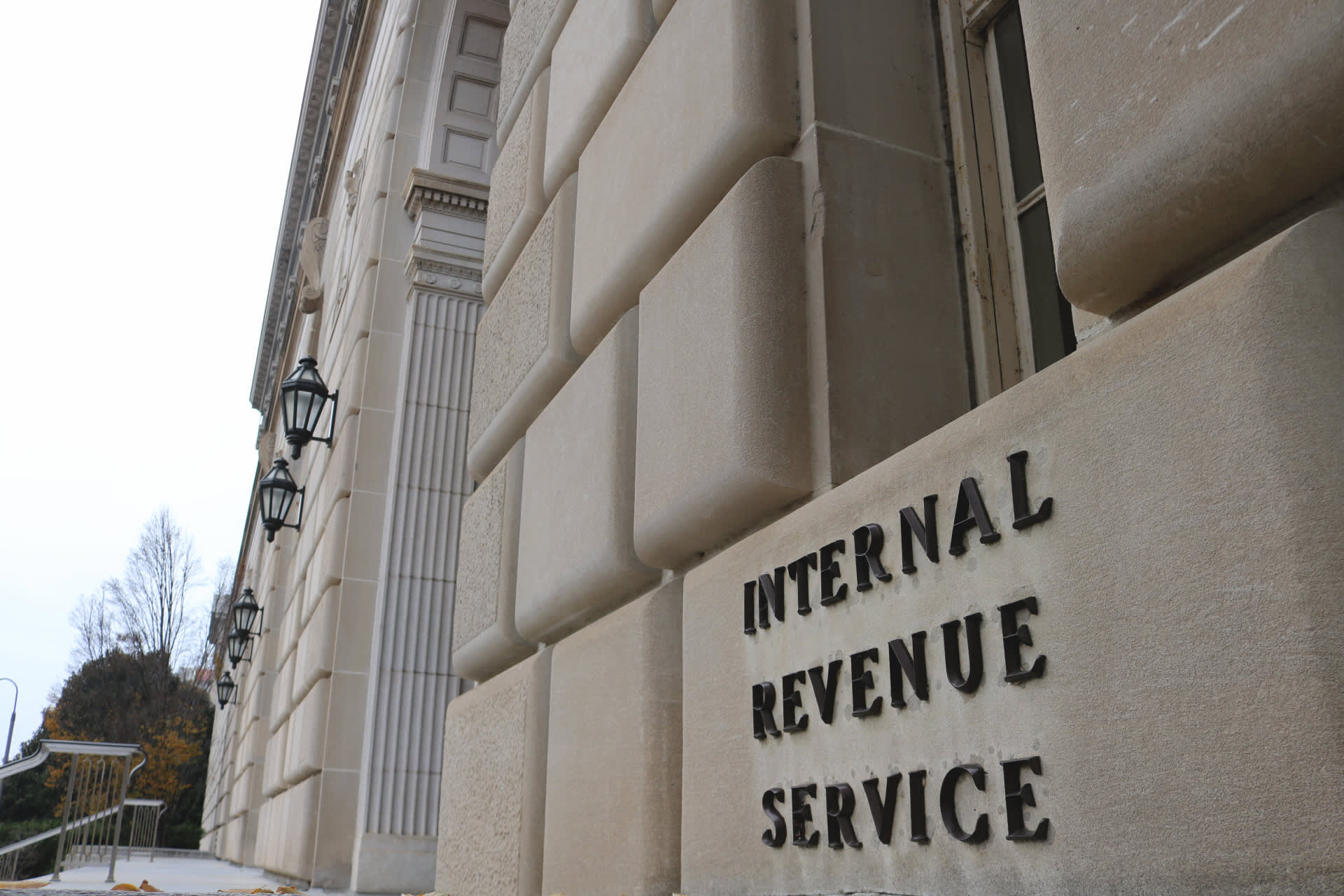
The Internal Revenue Service (IRS) headquarters in Washington, D.C.
Janhvi Bhojwani | CNBC
We still have two months left in 2020, but the IRS has already released a breakdown of next year’s marginal income tax rates.
Each year, the taxman updates its individual income tax brackets to reflect inflation. There are seven brackets: 10%, 12%, 22%, 24%, 32%, 35% and 37%.
These brackets are marginal, which means that different portions of your income — up to a specified dollar amount — will be taxed at a different rate.
More from Smart Tax Planning:
3 smart tax moves, no matter who wins the Nov. 3 election
How the wealthy can prepare for possible higher taxes
Trump says he ‘prepaid’ taxes. What that means
These rates are in effect for 2021 and will affect the returns you file for that year in 2022. Click here for 2020’s tax brackets.
For 2021, the top tax rate of 37% will apply to individual taxpayers with income over $523,600 ($628,300 for married filing jointly).
Meanwhile, single filers with income over $209,425 ($418,850 for married filing jointly), will fall into the 35% bracket.
The 32% bracket will cover single filers with income exceeding $164,925 ($329,850 for married filing jointly), while the 24% bracket will apply to incomes over $86,375 for singles ($172,750 for married filing jointly).
Single taxpayers with income exceeding $40,525 (or married couples who are over $81,050) will be in the 22% marginal bracket. Meanwhile, the 12% bracket will apply to incomes over $9,950 for single taxpayers ($19,900 for married filing jointly).
The lowest rate is 10%, and it applies to singles with income under $9,950 ($19,900 for married couples).
Standard deduction updates
FreezeFrameStudio | E+ | Getty Images
The IRS has also increased the standard deduction for 2021, giving it an inflation boost.
The standard deduction is a flat dollar amount that reduces the amount of your income that’s subject to tax.
Next year’s standard deduction for single taxpayers is $12,550, up $150 from 2020’s levels ($25,100 for married couples, reflecting a $300 increase from this year).
Heads of households will also enjoy a bump to their standard deduction in 2021: $18,800, up $150 from this year.
There is no personal exemption for 2021, as it was eliminated in the Tax Cuts and Jobs Act — the overhaul of the tax code that took place in 2018.




